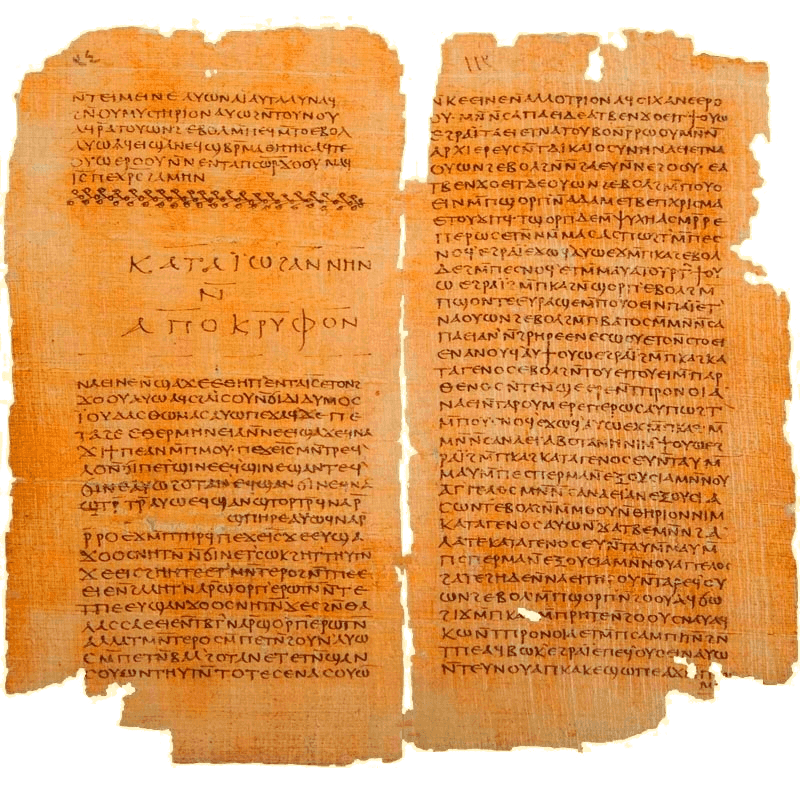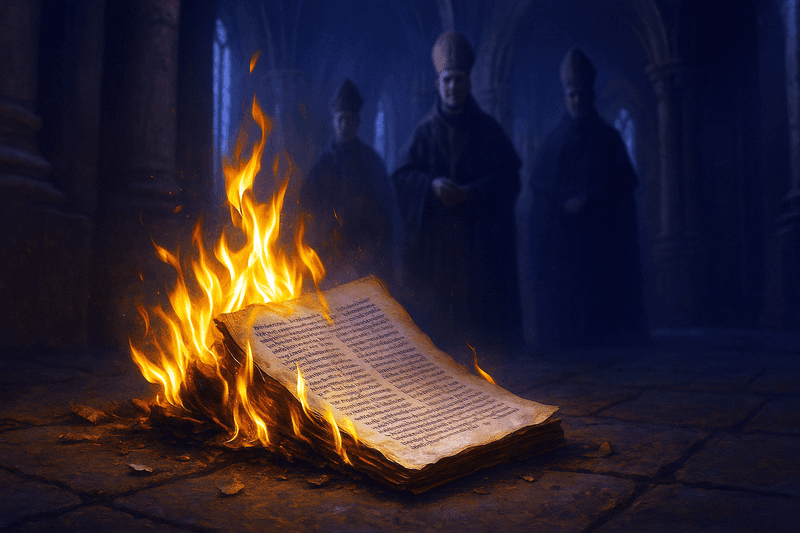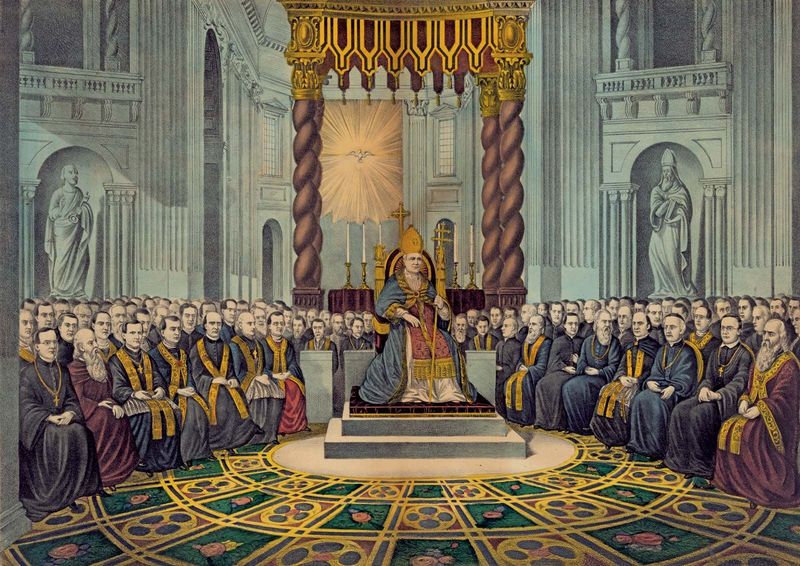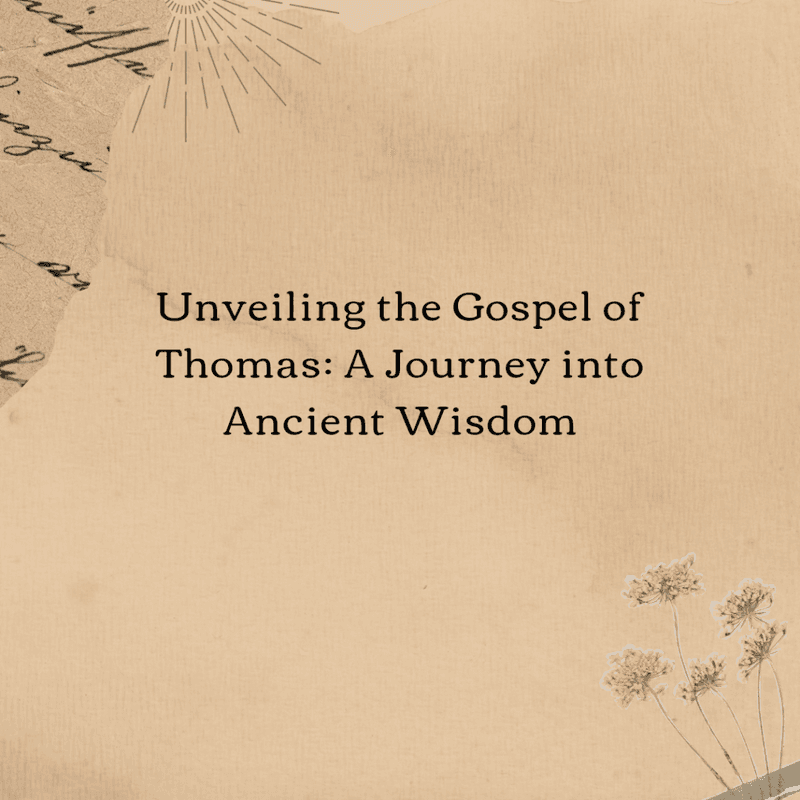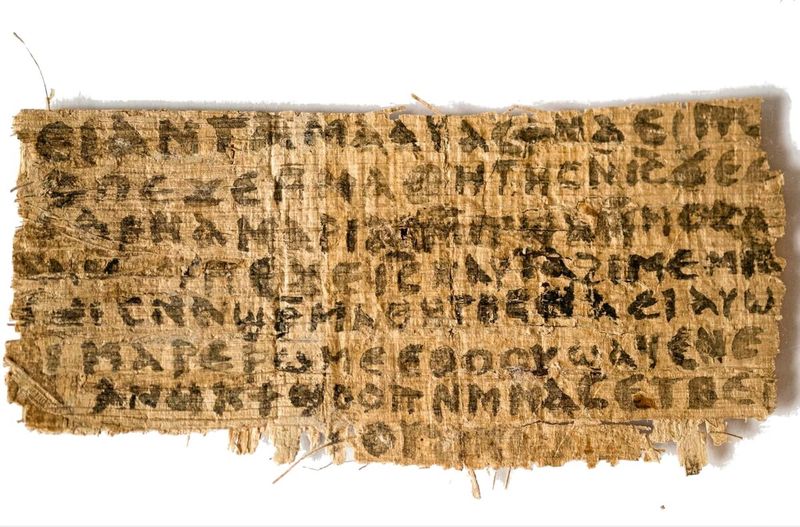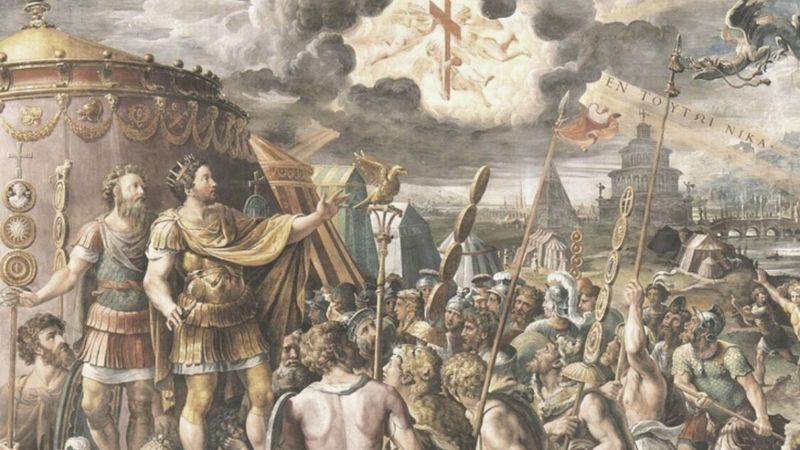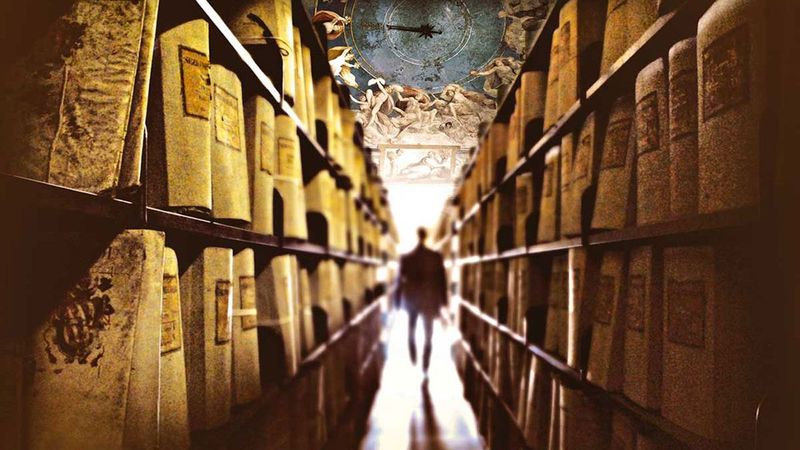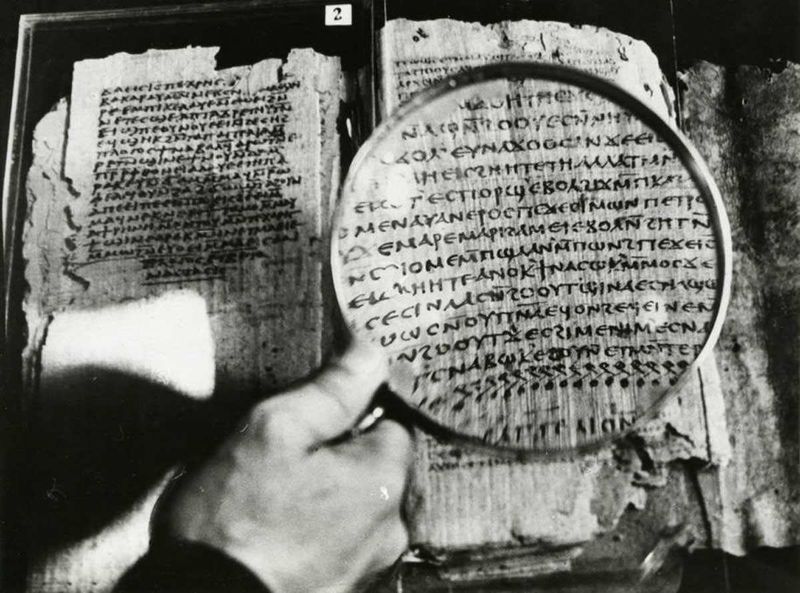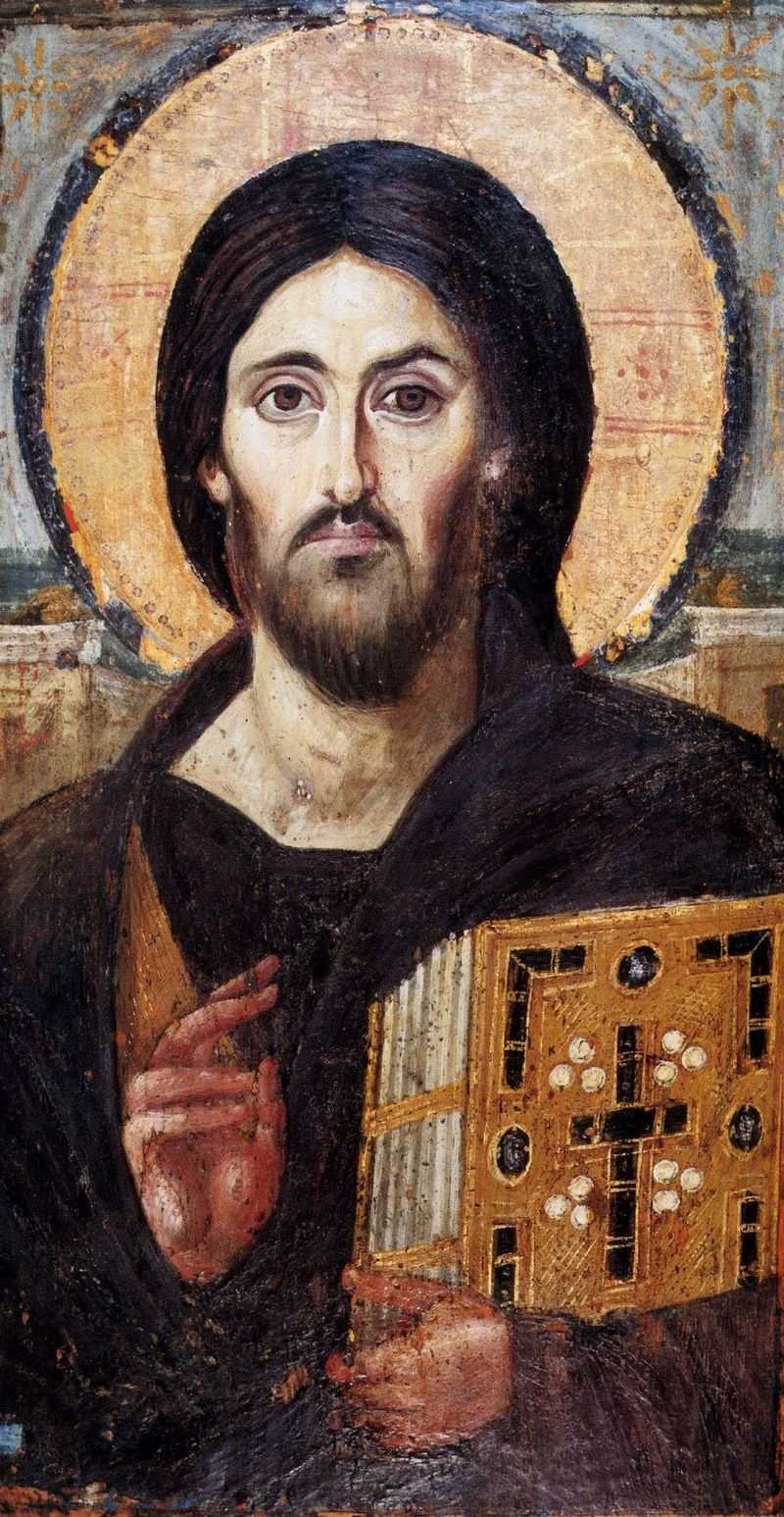Hidden beneath Egyptian sand for over 1,600 years, ancient texts called the Gnostic Gospels tell a very different story about early Christianity.
Church leaders banned these writings, calling them dangerous lies that could destroy people’s faith. Many believers risked their lives to secretly copy and hide these forbidden books.
Today, scholars study these mysterious texts to understand what really happened in the early days of Christianity.
1. Ancient Farmers Discovered Forbidden Texts Hidden in Clay Jars
In 1945, a farmer near Nag Hammadi, Egypt, was digging near his land when his shovel struck something unexpected — a large clay jar buried in the ground. Inside, he discovered one of the most remarkable archaeological finds of the 20th century.
Inside were over 50 ancient books wrapped in leather, hidden for nearly 1,600 years. Someone had carefully sealed these texts away, hoping they would survive when owning them meant certain death.
The books contained secret teachings about Jesus and early Christianity that powerful church leaders never wanted people to read.
2. Reading These Books Could Get You Killed in Ancient Times
Back in the early days of Christianity, church leaders didn’t just disagree with different ideas—they made them illegal. Anyone caught reading, copying, or even owning Gnostic texts faced serious punishment.
The church labeled these beliefs as heresy, which was considered a crime against God and the state. In some places, people who refused to give up their forbidden books were tortured or killed.
Even having a single page could brand someone as a dangerous rebel who threatened the church’s power and control over believers.
3. Church Councils Officially Banned These Writings Forever
Between 393 and 397 CE, powerful church meetings called councils made a huge decision. They created an official list of books that Christians were allowed to read—and the Gnostic Gospels weren’t on it.
The Synod of Hippo and Council of Carthage declared that only certain texts could be part of the Bible. Everything else, including dozens of Gnostic writings, became illegal within the Christian world.
This wasn’t just a suggestion—it was law backed by the Roman Empire’s military might.
4. Secret Knowledge Threatened Church Power and Control
The Gnostic Gospels taught something revolutionary: people could find God through inner wisdom and personal experience. Books like the Gospel of Thomas said salvation came from understanding secret knowledge, not from following church rules.
This idea terrified church leaders because it made their authority unnecessary. Why would people need priests, bishops, or special ceremonies if they could connect with God directly?
The church’s entire system of control depended on people believing they needed religious leaders to reach heaven.
5. Mary Magdalene’s True Story Was Too Dangerous to Tell
The Gospel of Mary Magdalene reveals something shocking: she wasn’t the sinful woman church leaders claimed she was. Instead, this text shows her as Jesus’ closest disciple and spiritual equal.
According to this forbidden gospel, Mary received special teachings from Jesus that even the male disciples didn’t understand. She was portrayed as a wise teacher and leader in the early Christian community.
Church leaders couldn’t allow this story to spread because it challenged their belief that women should never hold religious authority.
6. Roman Emperors Helped Destroy Gnostic Christianity
Everything changed in 313 CE when Emperor Constantine made Christianity legal throughout the Roman Empire. Suddenly, the church had the backing of the world’s most powerful military force.
Constantine didn’t just legalize Christianity—he helped church leaders decide which version was “correct.” The emperor supported orthodox beliefs while allowing the persecution of Gnostic Christians.
With Roman soldiers enforcing church decisions, Gnostic communities were destroyed, their books burned, and their teachers silenced forever.
7. Brave Rebels Risked Everything to Save These Texts
While church officials burned Gnostic books in public squares, secret heroes worked to save them. Monks and scribes quietly copied forbidden texts, hiding them in caves and sealed containers.
Some brave individuals buried entire libraries in the desert, hoping future generations would discover these hidden treasures. They knew they might die for their actions, but they believed the truth was worth preserving.
Without these anonymous heroes, we would never have learned about the diverse beliefs of early Christianity.
8. Modern Scholars Initially Dismissed These Ancient Treasures
When the Nag Hammadi texts first surfaced in the 1940s, many experts didn’t take them seriously. Some scholars called them weird mystical writings that had nothing to do with “real” Christianity.
Academic prejudice and religious bias caused researchers to ignore these important historical documents for decades. They assumed anything outside traditional Christianity must be false or unimportant.
Today, however, these same texts are recognized as crucial evidence showing how diverse and complex early Christian beliefs really were.
9. Jesus Appears as a Mystical Teacher of Enlightenment
The Gnostic Gospels present Jesus in a completely different light than traditional Christianity. Instead of focusing on sin and punishment, these texts show him teaching about spiritual awakening and self-discovery.
According to these writings, Jesus taught that death is an illusion and that people can find divine truth within themselves. He appears more like a wise spiritual guide than a savior who died for humanity’s sins.
These radical ideas directly challenged church teachings about resurrection, judgment, and the need for salvation through faith alone.
10. Many Churches Still Fear These Ancient Writings Today
Even in our modern world, many Christian denominations refuse to study or discuss the Gnostic Gospels. Some religious leaders warn their followers that these texts contain dangerous lies that could destroy their faith.
Conservative churches often teach that only the traditional Bible contains God’s true word, making the Gnostic writings off-limits to believers. They worry that exposure to different ideas might cause people to question official church teachings.
The controversy surrounding these 1,600-year-old texts continues to divide Christians and scholars today.

